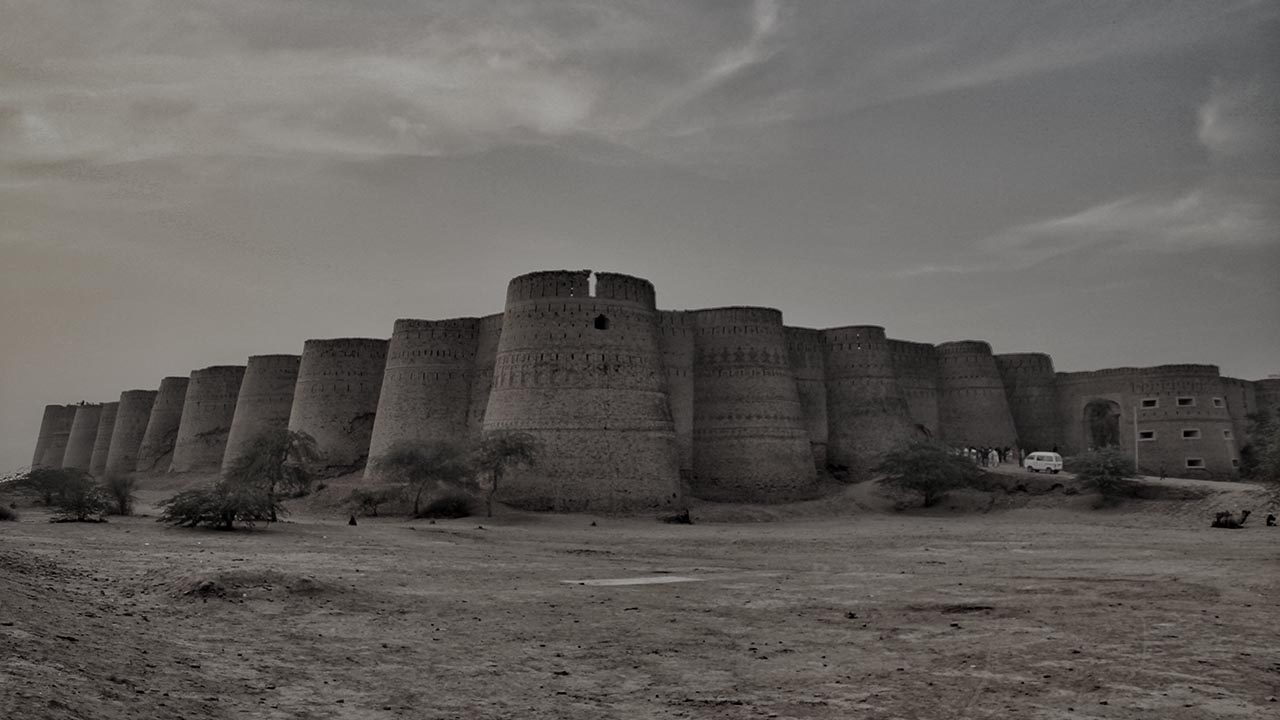Derawar Fort is one of the best tourist attractions in the Cholistan desert. The landmark architecture of the Fort is known to symbolize centuries of grandeur. The Cholistan desert landscape is full of medieval forts and dozens of structures, out of which some have deteriorated and some are still standing. Among these structures and forts, Derawar Fort is the best surviving example.
Other forts can be named Jaangarh, Meergarh, Maujgarh, Dingarh, Bijnotgarh, Islamgarh, etc. All these forts are known to form a structure all along the desert’s landscape and are served in order to enable and protect the mercantile routes from central Asia, pilgrim routes, and desert caravan routes.
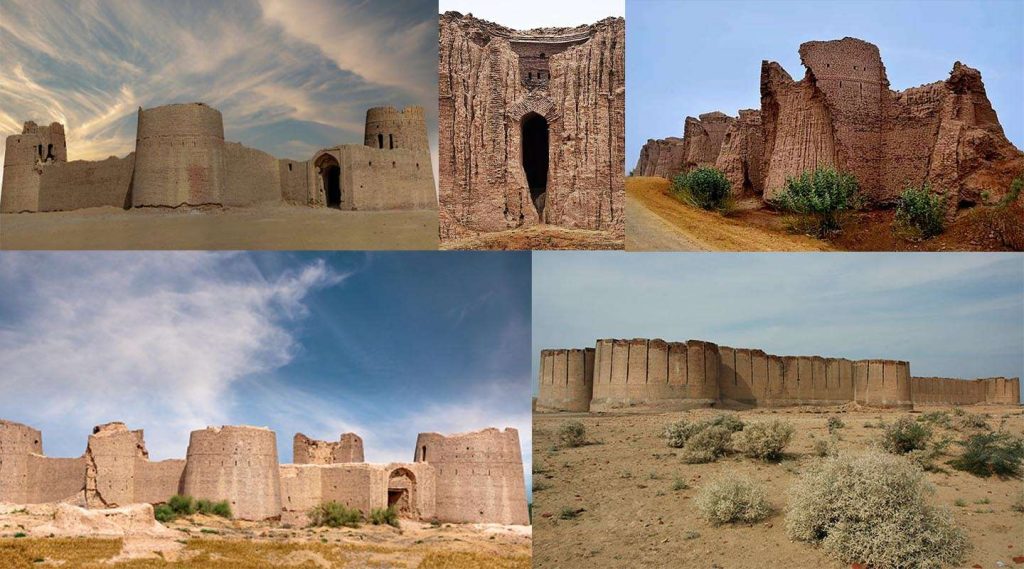
Historical Forts in Bahawalpur
The History of Derawar Fort
Derawar Fort, a large square fortress, came into being in the 9th c. It was built by a Hindu Rajput (Bhati of Jaisalmer) and remained in their hands until it was captured by the Nawabs of Bahawalpur specifically Sadeq Mohammad Khan I. This happened in 1733. In 1734 it slipped to Bahawal Khan from the hands of Abbasis. However, it was taken aback by Nawab Mubarak Khan in 1804.
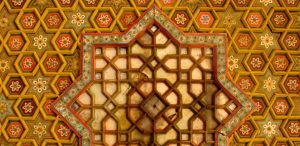
Tilework at Derawar Fort
The architecture of the Fort
The fort has survived intact because of the constant battle of occupation that it faced. It is a huge and stunning square structure that is built from bricks. Its walls are about 1500m long and 30 m high. It is surrounded by 40 circular bastions. Ten bastions stand at each side. The height of these is around 30m and can be seen from a very long distance in the desert. The fort is also left with some remains that are richly decorated using fresco and tile work.
Situated at a Critical Location
The central advantage that these forts bring is the presumed access to water. Derawar is located in an extremely critical position in the desert. Its position enables the people staying here to access deep water deposits present as the remains of an ancient river known as the Hakra River. Therefore, Derawar has been a very essential stopping point for centuries, it has become the watering point for all the caravans that enter the great desert while on their route to trading towards the east, throughout the years.
History of Bahawalpur City
Bahawalpur was founded in 1748, as the capital of the princely state of Bahawalpur. It was ruled by the Abbasi family of Nawabs at that time and they ruled until 1955. Bahawalpur is known for the monuments from this period as the Nawabs have transferred their classy and rich architectural legacy.
Bahawalpur City lies at the edge of Cholistan Dessert and is known to be a gateway to the nearby Lal Suhanra National Park. This city is located in Punjab and is the 11th largest city in Pakistan with regard to its population.
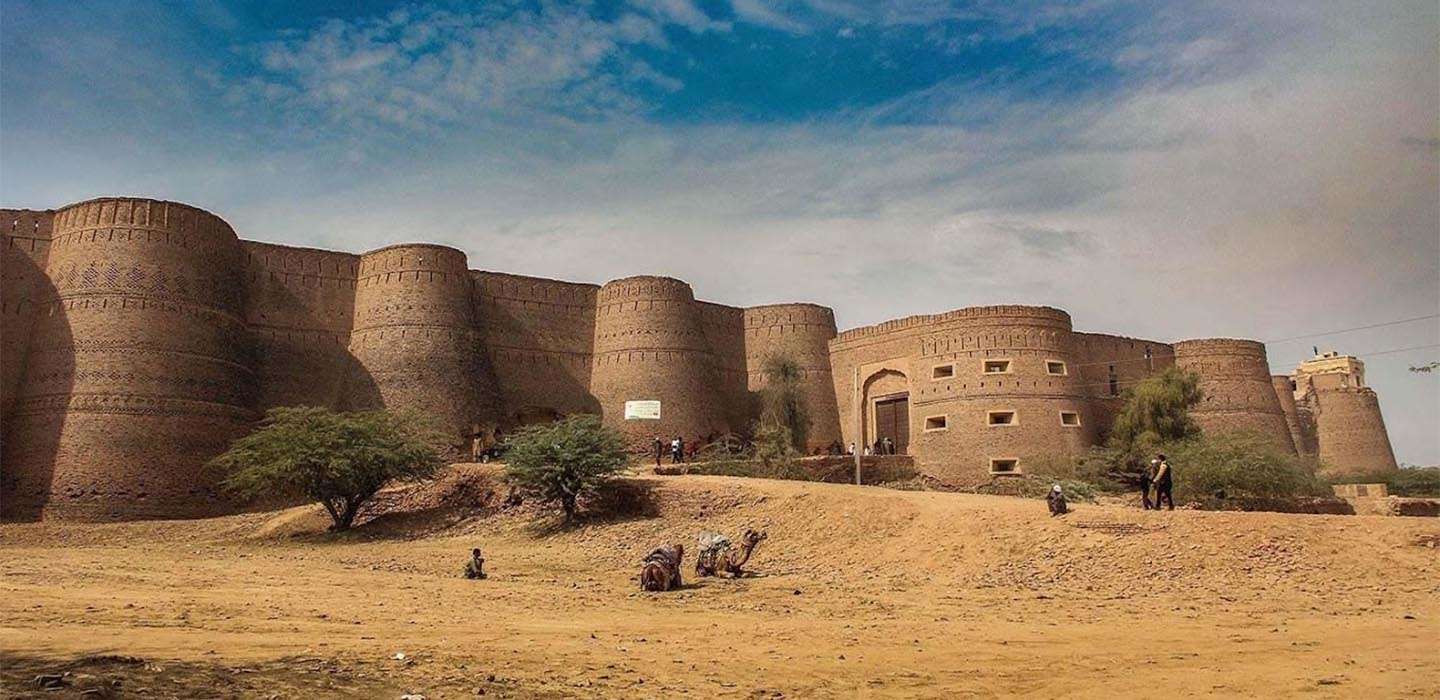 Home to Ancient Civilizations
Home to Ancient Civilizations
The city has previously been home to various ancient societies. Bahawalpur region is rich with the remains of the Indus Valley Civilization and ancient Buddhist sites like Patan minara. Before Bahawalpur was established, its major area was known as the Holy City of Uch Sharif. It was a collection of historic shrines that were present for the Muslim Mystics from the 12-15th centuries.
In 1748, Nawab Bahawal Khan I migrated from Shikarpur to a region around Uch. That was when he founded Bahawalpur. Derawar was the clan’s capital city of the time and it was replaced by Bahawalpur. The city was initially flourishing as a trading post for the routes between central India and Afghanistan.
The Attack on Bahawalpur
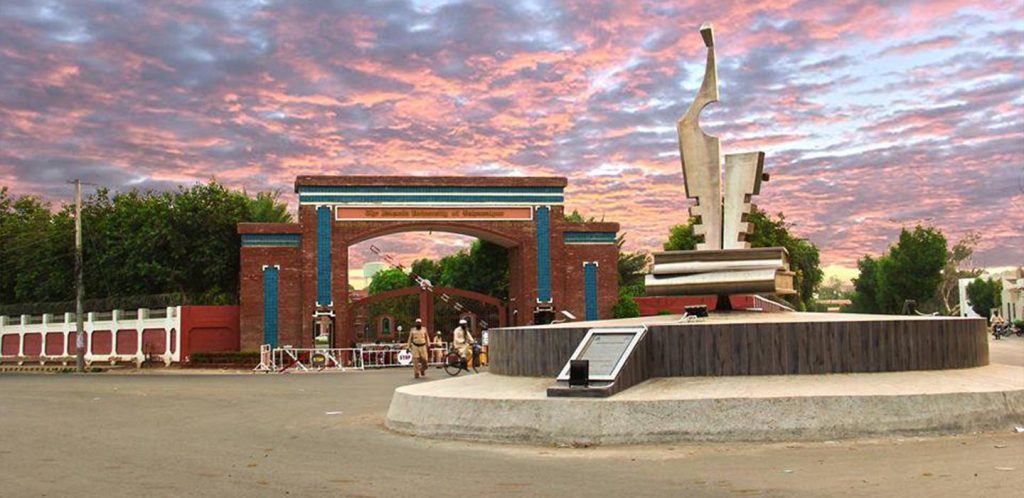
Islamia University
In 1785, Bahawalpur was attacked by the Durrani commander namely Sardar Khan on the behalf of Mian Abdul Nabi Kalhora from Sindh and many of its buildings were destroyed. The ruling family of Bahawalpur along with other noble families were forced to take refuge in the Derawar Fort. The princely state of Bahawalpur was then founded in 1802. It was founded by Nawab Mohammad Bahawal Khan II. Furthermore, the Durrani Empire broke apart to give birth to this state. In 1925 Islamia University in Bahawalpur was founded as Jamia Abbasia.
The merger of Bahawalpur into Pakistan
In August 1947, the princely state of British was given a choice to join either India or Pakistan. The princely state of Bahawalpur decided to choose Pakistan under Nawab Sadeq Mohammad Khan. Upon independence, the minorities i.e. Hindu and Sikh largely migrated to India and the Muslim refugees from India came to the city and the region surrounding it.
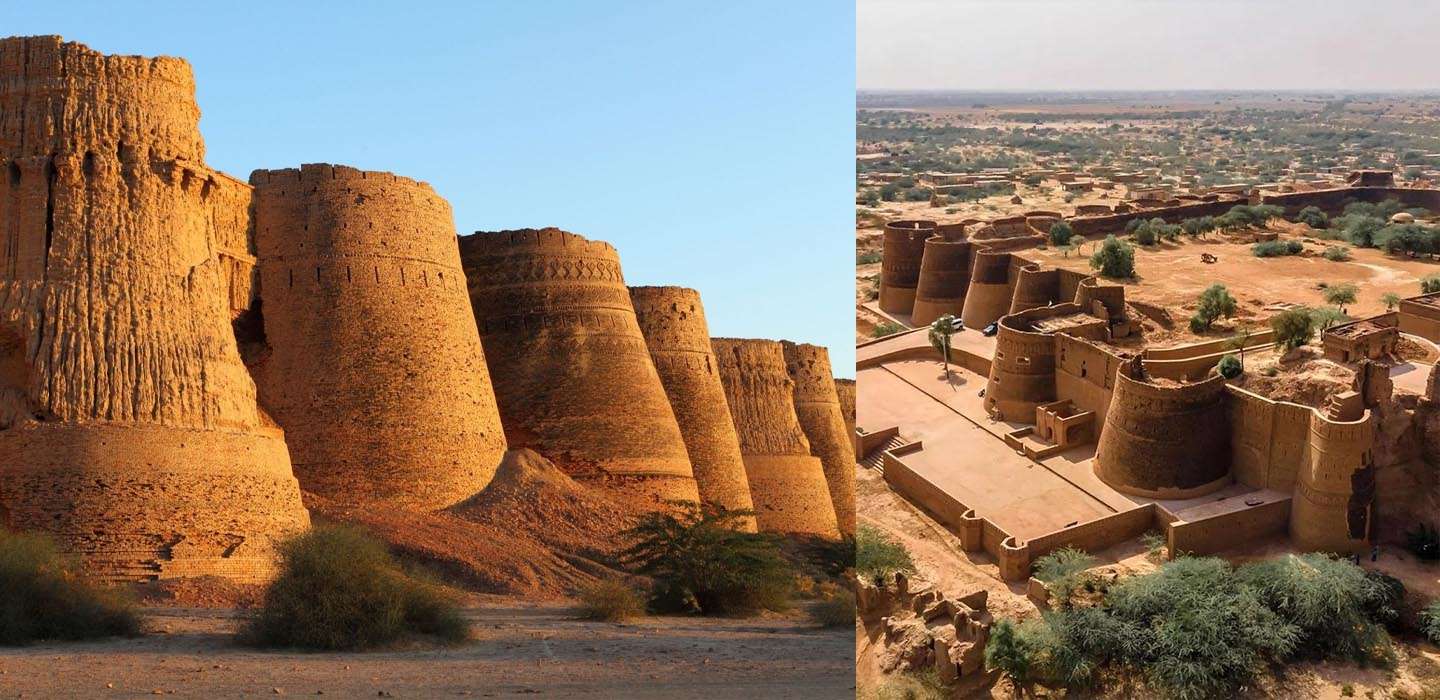 Bahawalpur was then announced to be one of the 6 cities whose security needs improvement and that improvement would be provided by the Punjab Safe Cities Authority. It is a project which covers 8000 CCTV cameras costing 12 billion rupees and will record and send images to appropriate departments. A total of 5.6 billion rupees have been allocated for this project.
Bahawalpur was then announced to be one of the 6 cities whose security needs improvement and that improvement would be provided by the Punjab Safe Cities Authority. It is a project which covers 8000 CCTV cameras costing 12 billion rupees and will record and send images to appropriate departments. A total of 5.6 billion rupees have been allocated for this project.
